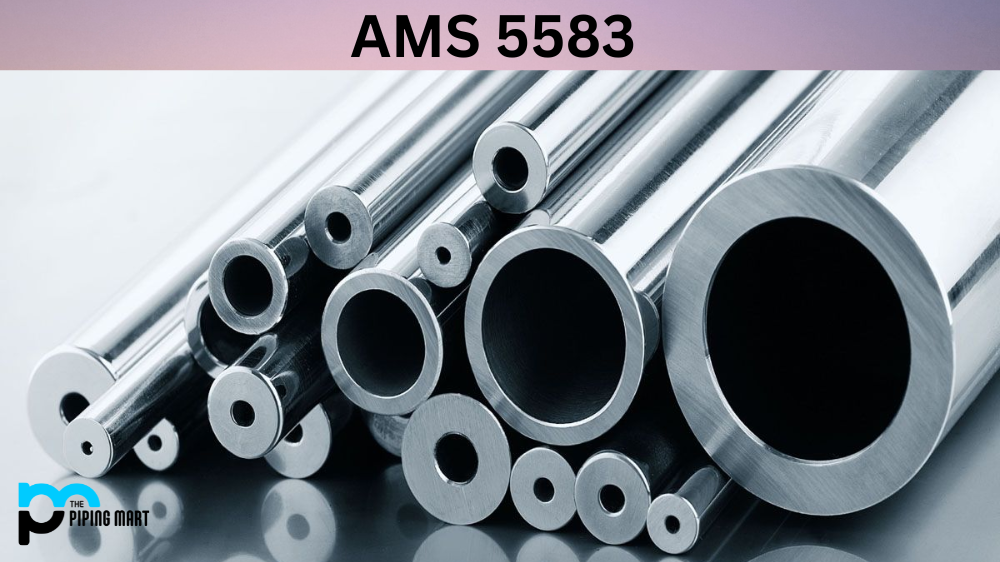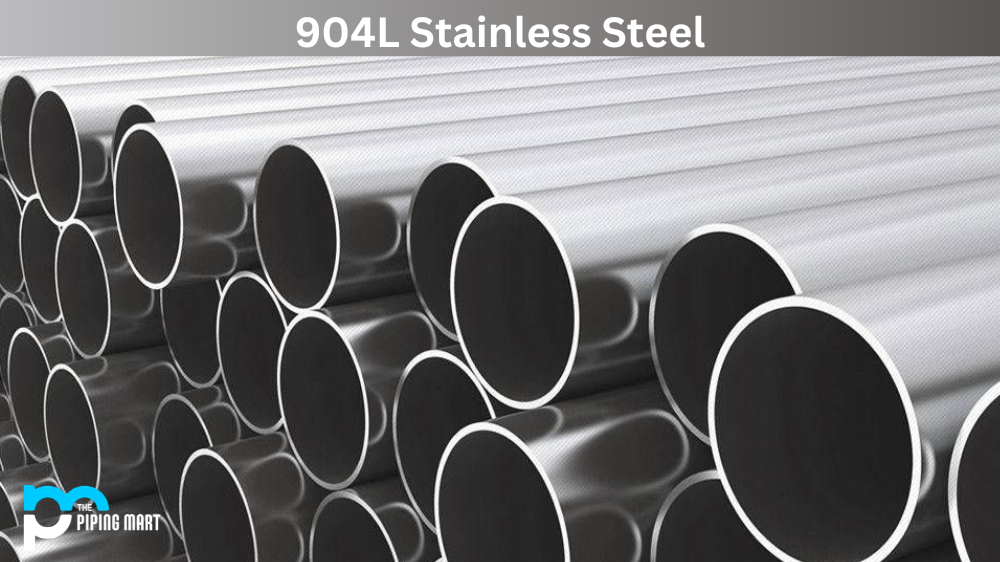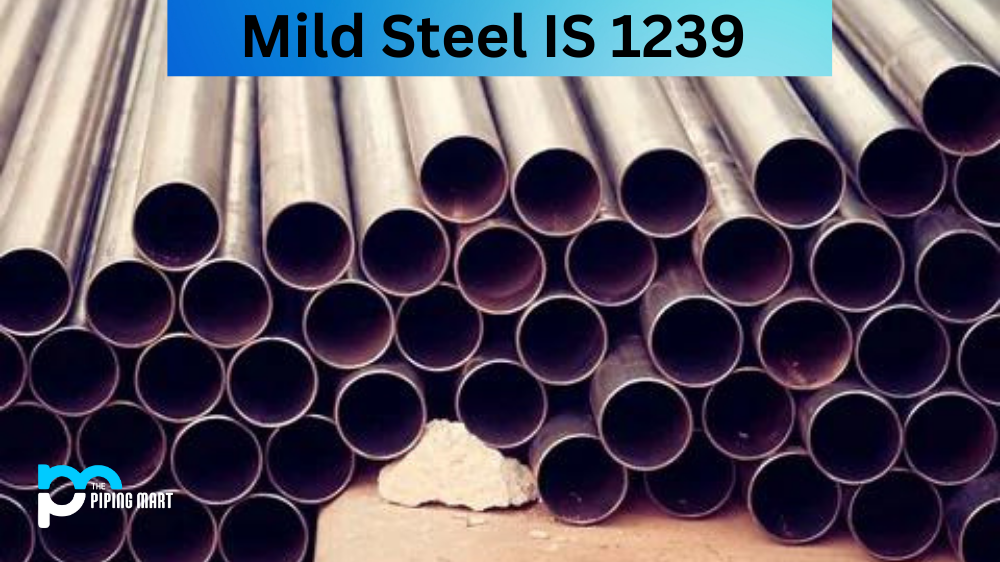This article will delve into the various aspects of brass cz112, covering its composition, mechanical and physical properties, uses, heat treatment, and machining. If you want to learn more about brass cz112, this article is for you.
What is Brass CZ112?
Brass cz112 is a widely used material thanks to its excellent properties and remarkable versatility. It is an alloy of copper and zinc, and it is known for its superb corrosion resistance and high strength. Brass cz112 also boasts good machining and welding capabilities, making it a perfect choice for various applications.
Composition of Brass Cz112
Before we delve into the properties and uses of brass cz112, let’s first talk about its composition. Brass cz112 is a binary alloy of copper and zinc, with the zinc component ranging between 10% to 12%. It also contains other elements, such as lead, nickel, and iron, which are added to give it specific properties and characteristics.
| Copper | 59.5-63.5% |
| Tin | 1.0-1.5% |
| Lead | 0.2-0.6% |
| Zinc | Rem |
Mechanical Properties of Brass Cz112
Brass cz112 is known for its high strength and excellent corrosion resistance, making it an ideal material for various industrial applications. The tensile strength can range from 510 to 570 MPa, and the yield strength is approximately 360-470 MPa. It also boasts an elongation of up to 18%, making it easy to form and bend.
| Ultimate Tensile Strength (N/mm²) | Proof Stress (N/mm²) | Elongation (%) | Hardness (HB) |
|---|---|---|---|
| 350-400 | 15-20 |
Physical Properties of Brass Cz112
In addition to its mechanical properties, brass cz112 has unique physical properties. It has a density of approximately 8.5 g/cm³, a melting point of about 925°C, and a thermal conductivity of 115 W/mK. It’s also worth noting that brass cz112 is highly conductive, making it an excellent choice for electrical applications.
| Melting Point | 915°C |
| Density | 8.4 g/cm³ |
| Specific Heat | 380 J/Kg°K |
| Thermal conductivity (RT) | 121 W/m°K |
| Thermal expansion coefficient (20-200°C) | 20 x 10-6 |
| Electrical conductivity | 26% IACS |
| Electrical Resistivity | 0.066 ohm mm2/m |
Brass Cz112 Specifications
- C46400
- CW712R
- BS2874
- ASTM B21
- CuZn38Sn1
- CuZn36Sn1Pb (EU)
Uses of Brass Cz112
Brass cz112 has a wide range of applications thanks to its excellent properties. It is commonly used to produce valves, pumps, and fittings. It’s also used in automotive applications like fuel tanks and radiator cores. Its good machinability makes it an ideal choice for producing electronic connectors, thanks to its electrical conductivity.
Corrosion Resistance of Brass Cz112
One of the most significant selling points of brass cz112 is its remarkable corrosion resistance. It is highly corrosion-resistant to seawater, making it perfect for marine applications. Brass cz112 is also resistant to other chemicals, including ammonia and sulfuric acid.
Heat Treatment of Brass Cz112
Heat treatment is crucial in improving the properties of brass cz112. To achieve the desired properties, brass cz112 is typically annealed. The annealing temperature should be 400-700°C to maximize the effect. This process makes the material more ductile and improves its machinability.
Machining of Brass Cz112
Brass cz112 is known for its good machining capabilities, making it a popular choice in various applications. However, ensuring sharp cutting tools is essential, as brass cz112 can be pretty abrasive. The ideal cutting speed should be between 100-200 meters per minute, and the feed rate should be low to prevent material buildup and tool wear.
Conclusion
Brass cz112 is a versatile material that boasts incredible properties. From its high strength and corrosion resistance to its excellent electrical conductivity and thermal properties, brass cz112 has numerous applications across various industries. Understanding the composition, mechanical and physical properties, uses, heat treatment, and machining of brass cz112 can help you make better-informed decisions, ultimately leading to better performance and longevity of the end product.

A passionate metal industry expert and blogger. With over 5 years of experience in the field, Palak brings a wealth of knowledge and insight to her writing. Whether discussing the latest trends in the metal industry or sharing tips, she is dedicated to helping others succeed in the metal industry.




